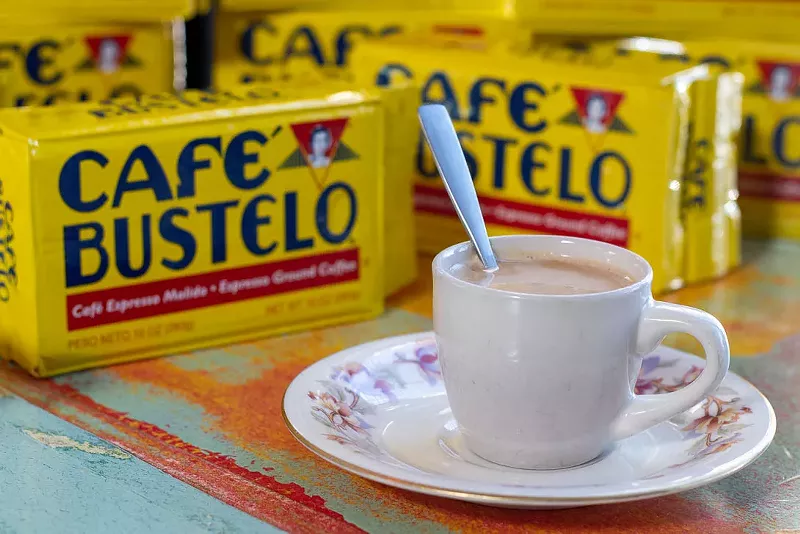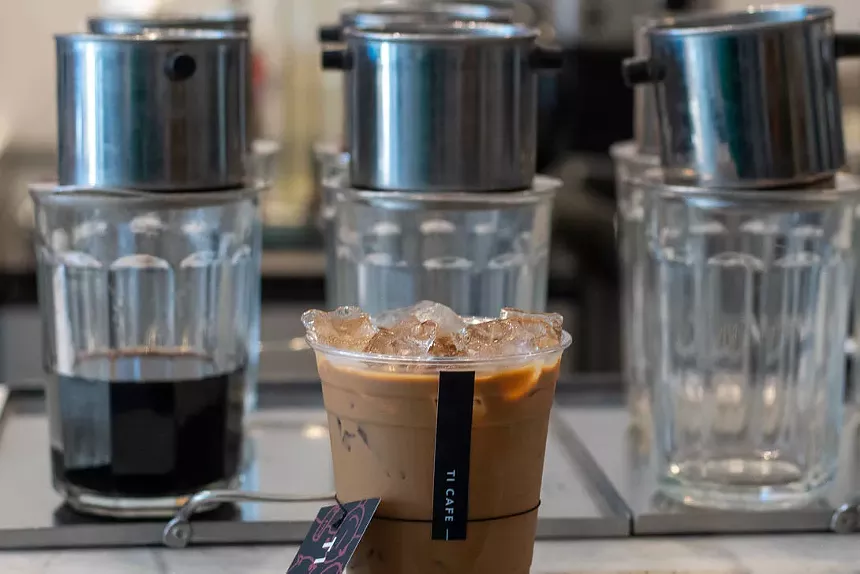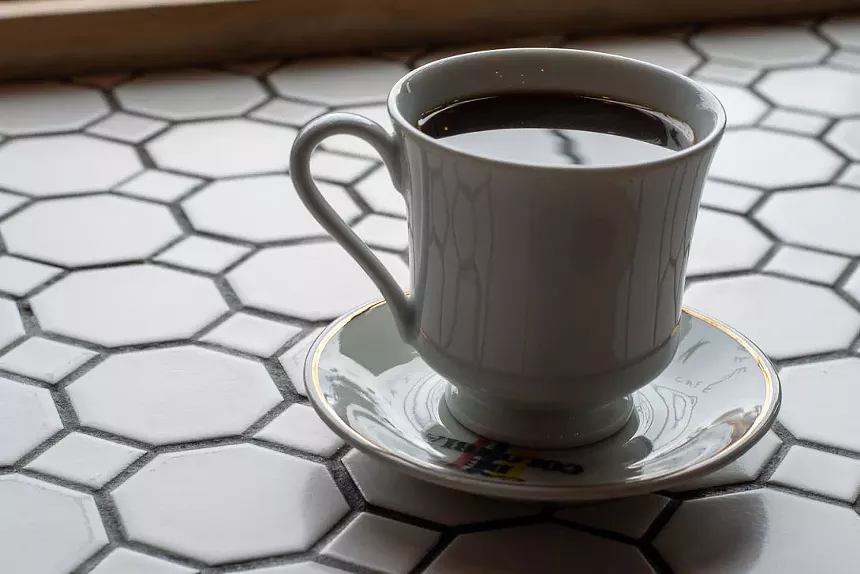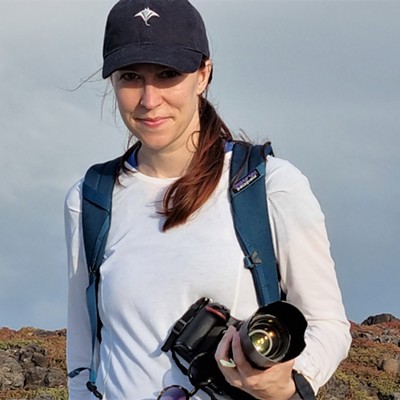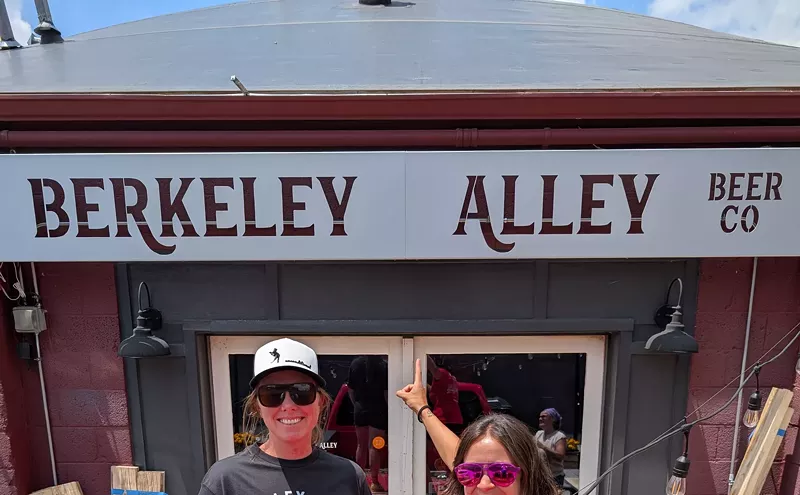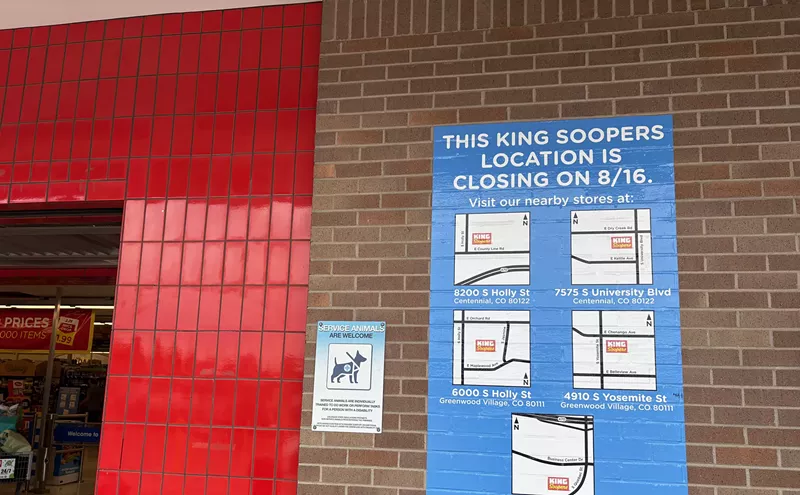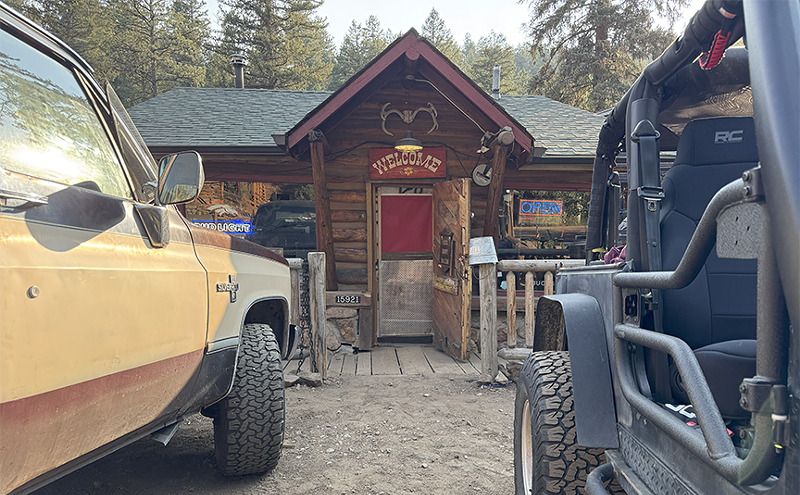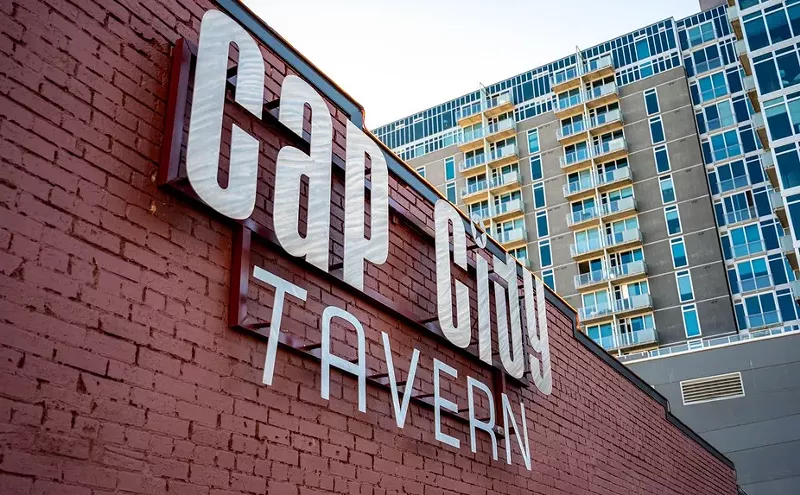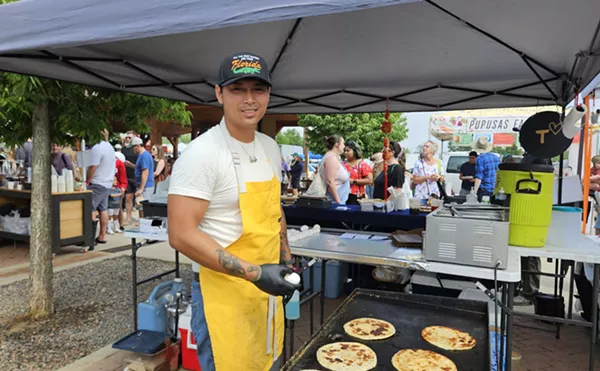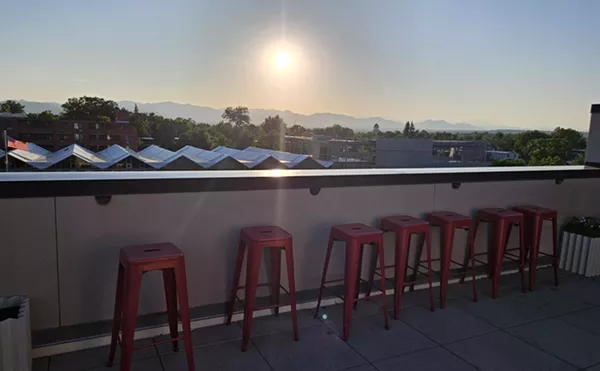Denver’s coffee scene has diversified considerably over the past few years, with many places offering traditional options from all over the world. Below is a list of locally owned shops where you can get a tour of some of the world’s most popular coffees without ever leaving the Mile High City:
Cortadito
The Cuban cortadito is a small, strong shot of espresso combined with a spoonful of sugar, topped wtth evaporated milk and traditionally served with tostadas — warm, buttered Cuban bread. For Kristy Socarras, owner of Cuba Cuba in the Golden Triangle neighborhood, the secret lies in the marinated sugar: sugar soaked in espresso, almost resembling caramel-colored sand. “It’s a trick I learned from my mother and my grandmother,” she says. “Growing up, it was always out on the counter.” It also helps create the foam on top of the coffee. At Cuba Cuba, a spoonful of the marinated sugar is added to traditional Café Bustelo along with the steamed milk.
Try it at:
Cuba Cuba
1173 Delaware Street
cubacubacafe.com
Café de Olla
This brew dates back to the Mexican Revolution and translates to “pot coffee.” Coffee grounds, cinnamon, cloves, star anise and sometimes roasted cacao are boiled on the stove in a clay pot together with piloncillo — unrefined cane sugar with a deep caramel flavor. The result is the perfect combination of sweet and spicy.
Try it at:
Cultura Craft Chocolate
3742 Morrison Road
culturachocolate.com
Tonantzin Casa de Café
910 Santa Fe Drive
tonantzincasadecafe.com
Ca Phe Sua Da
Coffee may have been introduced to Vietnam by the French, but ca phe sua da is the country's own creation. Dark roast coffee is dripped through a thin metal filter (called a phin) set atop a glass cup, stirred together with sweetened condensed milk and served over ice. “Good coffee starts all the way from the beginning, with the beans and the ingredients,” says Sashaline Nguyen, one of the owners of Ti Cafe, which opened in 2021 and is Denver’s first Vietnamese coffee shop. She prefers Robusta beans, which have a bold nuttiness that contributes to the coffee’s iconic strong and bitter flavor. Ti Cafe’s beans are sourced from Vietnam but roasted in the U.S. so they’re as fresh as possible before brewing. Nguyen believes even the kind of condensed milk chosen is important, opting for a rich full-fat condensed milk that creates a perfect harmony of bitterness, sweetness and smoothness.
Try it at:
Ti Cafe
30 Broadway
ti.cafe
Flat White
Popular in New Zealand and Australia, a flat white is made with espresso and steamed milk. This may sound similar to the myriad of other espresso-and-milk-based coffee drinks like lattes and cortados, but it’s much more nuanced than that. Hayden Barnie, owner of Stowaway Kitchen in RiNo, believes a proper flat white is a double shot of espresso topped with milk in a five-ounce cup, right between a cortado (four ounces) and a cappuccino (six ounces). “For me and four million or so other New Zealanders, this is the ideal ratio of espresso and milk,” Barnie notes. The milk is also aerated less than it would be for a cappuccino, resulting in a more velvety texture.
Try it at:
Stowaway Kitchen
2528 Walnut Street
stowawaydenver.com
Affogato
Italian for “drowned," an affogato consists of a scoop of vanilla gelato “drowned” in espresso and served in a narrowing cup so you can eat the gelato with a spoon and sip the espresso made creamy with the melted gelato. Affogato became popular in Italy in the 1950s after the industrialization of ice cream and is traditionally enjoyed as a post-meal combination of coffee and dessert — though it also makes for a fantastic morning caffeine boost all on its own. At Denver Central Market, you can order an affogato made with High Point Creamery ice cream and Crema espresso, a treat that combines products from two Mile High favorites.
Try it at:
Denver Central Market
2669 Larimer Street
denvercentralmarket.com
Eiskaffee
1100 Broadway
eiskaffee.co
Chicory
Chicory coffee arose in New Orleans during the American Civil War as a desperate attempt to find a replacement for the dwindling supply of coffee. Chicory is a root vegetable that when roasted and ground has a sweet and nutty flavor and coffee-like characteristics. Mixed with coffee, it is still considered a staple in New Orleans today, served with hot milk as a café au lait alongside a plate of hot beignets, fried squares of dough piled high with powdered sugar.
Try it at:
Lucile’s Creole Cafe
Multiple locations
luciles.com
Café Tinto
This coffee is traditionally served in Colombia as a small, dark, strong shot. For Jorge Aguirre, owner of La Chiva Colombian Cuisine and LaTinto Cafe across the street, it brings back memories from decades ago of his uncle who started each day with this morning wake-up call. LaTinto serves a tinto campesino, which has aguapanela added in, sugarcane that comes in a solid form that is then boiled down. Aguirre uses single-origin beans that are sourced directly from independent Colombian farms and roasted in Colorado. For a true Colombian experience, he recommends trying the campesino with the cafe's caldo de costilla, a traditional beef and potato stew often eaten as a morning pick-me-up.
Try it at:
LaTinto
1417 South Broadway
latintocafe.com
Turkish Coffee
The method for making Turkish coffee is the oldest in the world, dating back to the sixteenth century. The beans are ground super fine and boiled with water and sugar in a small copper or brass pot with a long handle (called a cezve), and spices like cardamom and clove are then often added. Turkish coffee is prepared unfiltered, so the pot needs to sit for a few moments to give the grounds time to sink to the bottom. The grounds in the cup mean you’ll want to take small, slow sips. Turkish coffee itself is a slow, leisurely ritual, meant for sitting and chatting with friends. It also pairs perfectly with something sweet, like Turkish delight or baklava.
Try it at:
Gypsy House Cafe
1545 South Broadway
instagram.com/gypsyhousecafe
Istanbul Cafe and Bakery
2350 East Evans Avenue
850 South Monaco Street Parkway
istanbulcafebakery.com

Audio By Carbonatix
[
{
"name": "GPT - Billboard - Slot Inline - Content - Labeled - No Desktop",
"component": "23668565",
"insertPoint": "2",
"requiredCountToDisplay": "2"
},{
"name": "STN Player - Float - Mobile Only ",
"component": "23853568",
"insertPoint": "2",
"requiredCountToDisplay": "2"
},{
"name": "Editor Picks",
"component": "17242653",
"insertPoint": "4",
"requiredCountToDisplay": "1"
},{
"name": "Inline Links",
"component": "18838239",
"insertPoint": "8th",
"startingPoint": 8,
"requiredCountToDisplay": "7",
"maxInsertions": 25
},{
"name": "GPT - 2x Rectangles Desktop, Tower on Mobile - Labeled",
"component": "24956856",
"insertPoint": "8th",
"startingPoint": 8,
"requiredCountToDisplay": "7",
"maxInsertions": 25
},{
"name": "Inline Links",
"component": "18838239",
"insertPoint": "8th",
"startingPoint": 12,
"requiredCountToDisplay": "11",
"maxInsertions": 25
},{
"name": "GPT - Leaderboard to Tower - Slot Auto-select - Labeled",
"component": "17676724",
"insertPoint": "8th",
"startingPoint": 12,
"requiredCountToDisplay": "11",
"maxInsertions": 25
}
]

